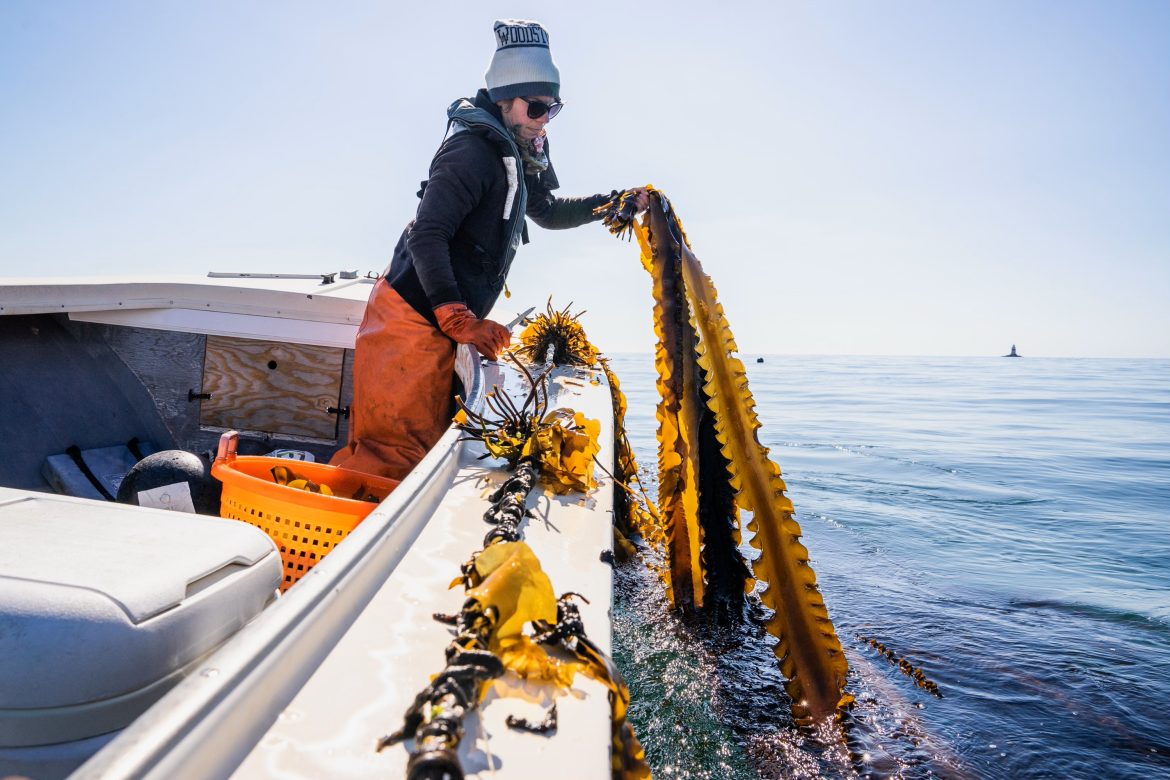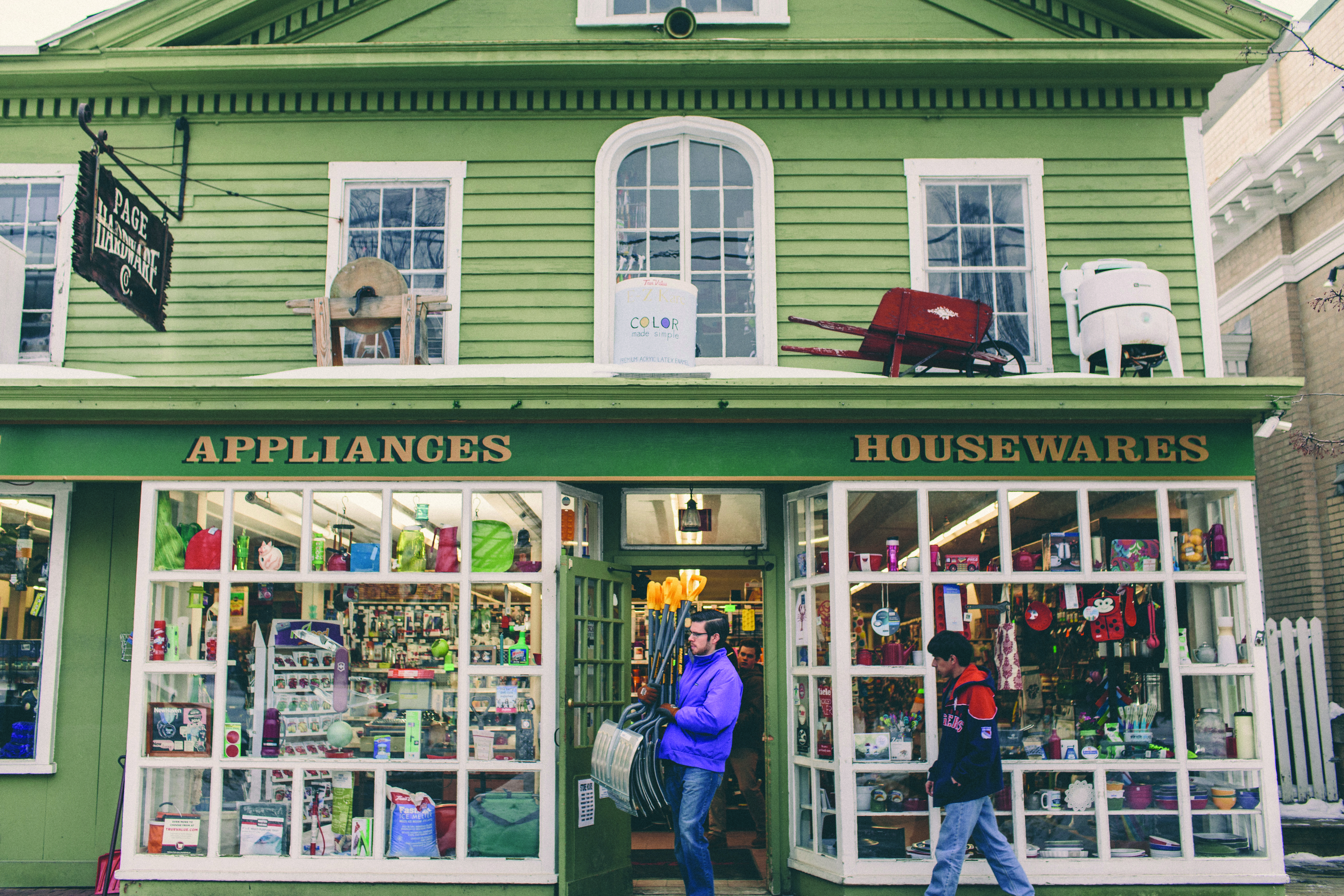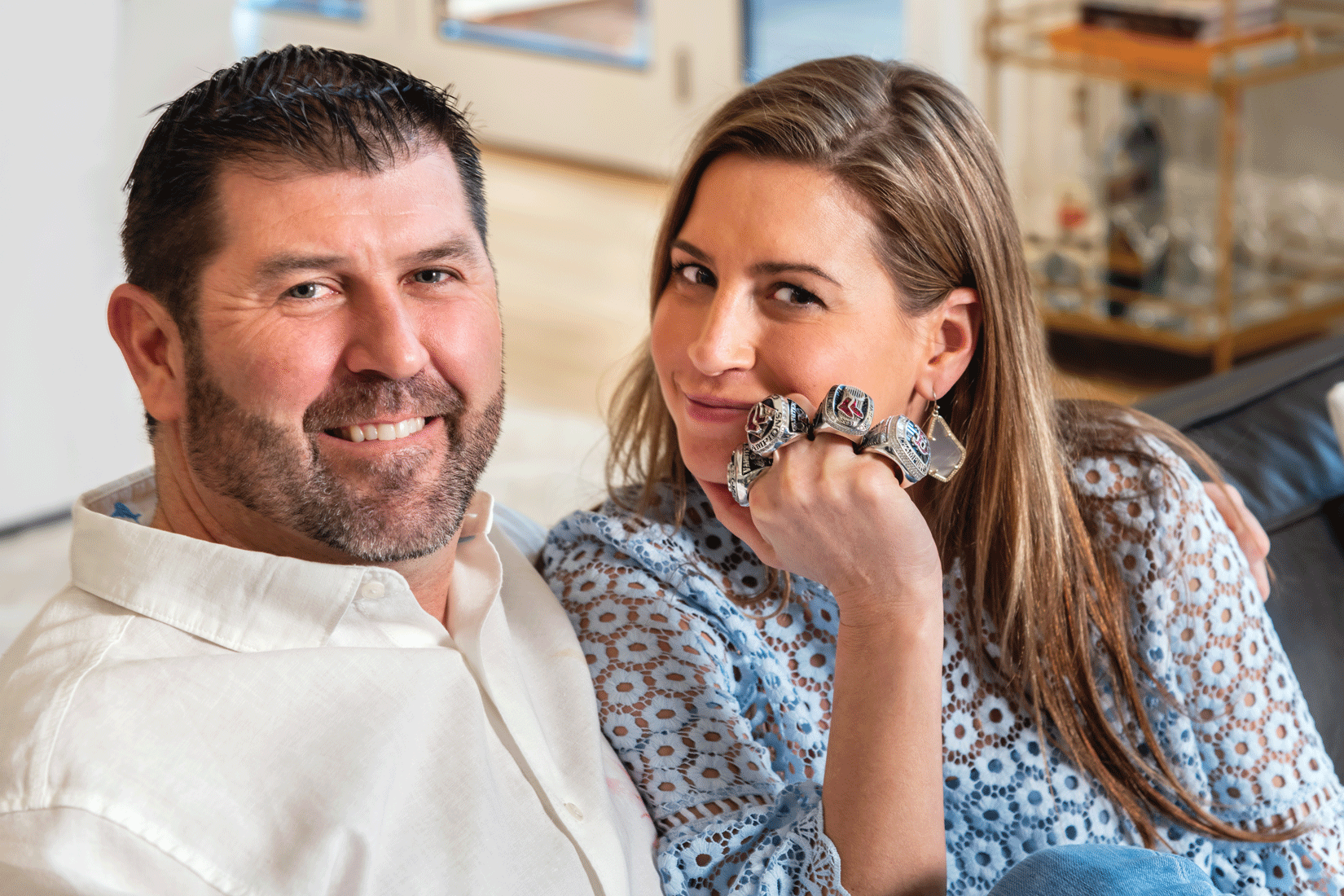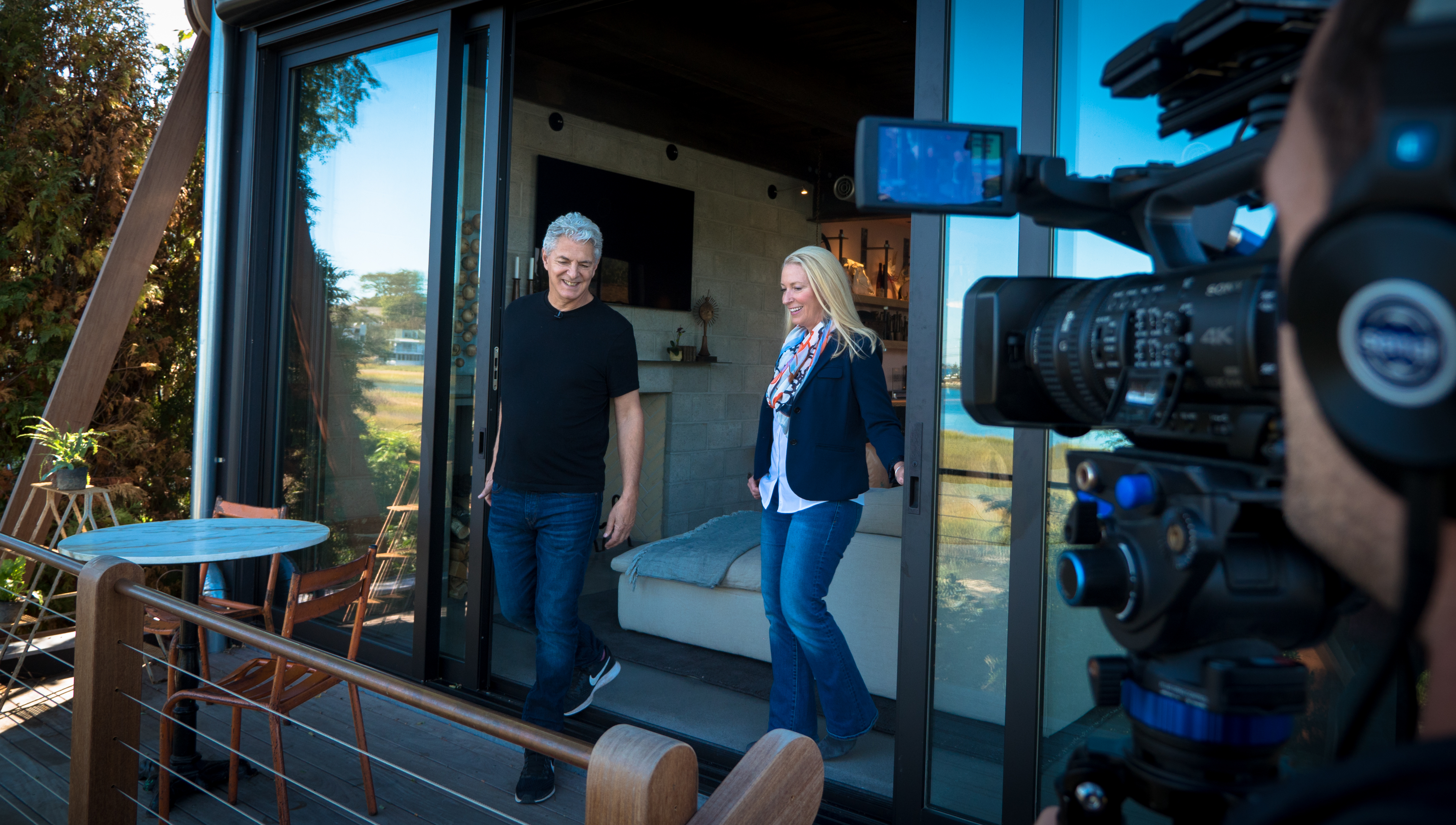A Connecticut restaurant turns local seaweed into a fine dining experience.
By Lisa Cavanaugh
Pleasure-seekers at the New England seashore tend to avoid the off-putting clumps of yellowish-brown seaweed that float in the ocean. For Connecticut chef David Standridge of Shipwright’s Daughter in Mystic, however, the ubiquitous algae is a treasure. “It’s really easy to work with, and it tastes good with everything,” he says.
Sugar Kelp (Saccharina latissima) is becoming more popular in the United States as a nutritious food with fiber, vitamins, and minerals. Standridge believes using it can elevate a meal for his diners while also contributing to the local blue economy. “As soon as I moved here and prepared to launch the restaurant, I started searching for what was happening in the local food world,” says Standridge, who previously worked at Michelin-star restaurants in New York before relocating to New England. From the beginning, he wanted to support the Mystic community. “One of the first people I heard about was Suzie Flores and her Stonington Kelp Company. I had never really used kelp, so I reached out to her, and the next thing you know, I was out on her boat, harvesting kelp.”
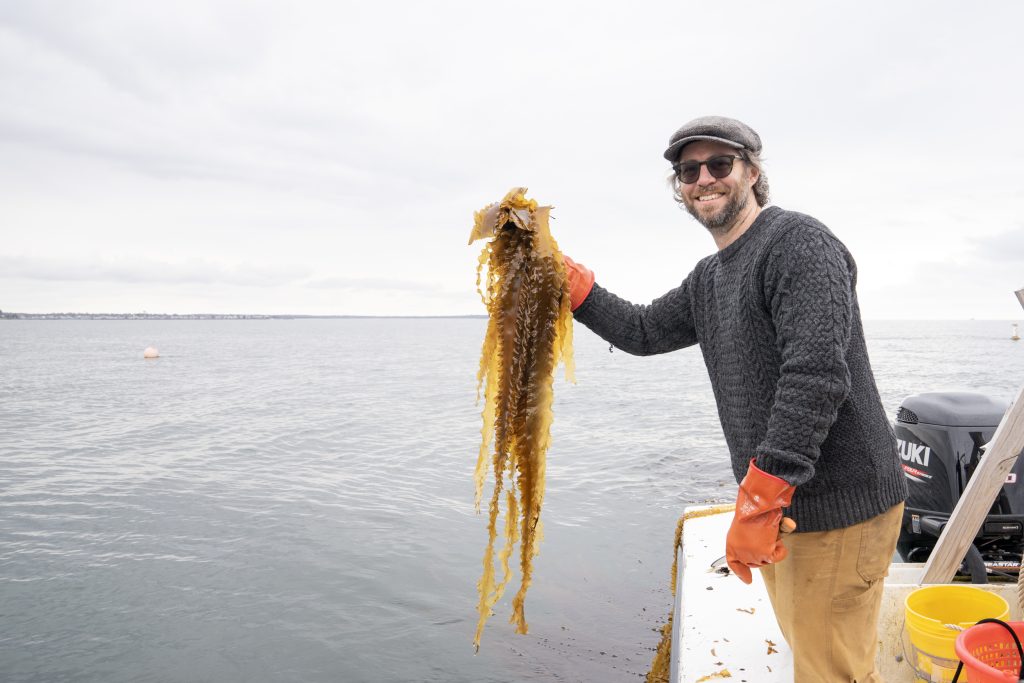
“We have a 10-acre regenerative ocean farm,” says Flores, who owns and operates Stonington Kelp with her husband, James Douglas. “We grow sugar-kelp exclusively using a zero-input rope method, which means we use no fresh water, no arable land, and no fertilizer.” Flores expounds on the benefits of sugar kelp, which, despite its name, isn’t overly sweet. “It’s called sugar kelp because it’s naturally higher in mannitol, she says. “It has a burst of flavor that is extremely savory, so when you use the kelp in dishes, it serves as an agent of umami.”
Standridge agrees about sea kelp’s flavor profile. “I compare it to oysters, which have a kind of terroir. They taste like the water they come from, as does sugar kelp,” he says. “So it has a similar minerality to it. Also, because there are some tannins in it, there are notes of flavors like a dark leafy green such as kale.”
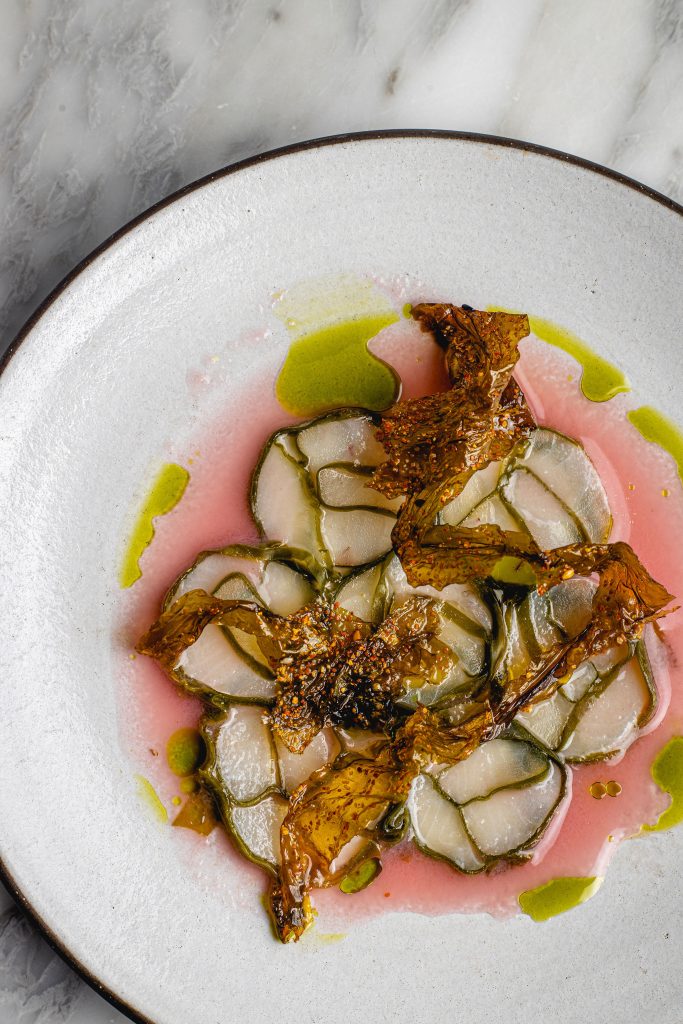
The sugar kelp growing and harvesting season, from November to April, fills a niche for restaurants like Shipwright’s Daughter. “It is in season before any other local vegetables,” says Standridge. “So just around the time you’re sick and tired of winter turnips and beets, and you’re just dying for something green, sugar kelp is being harvested.”
The brown/yellow hue of fresh sugar kelp turns to an appealing bright green when you blanch it. “Whenever you cook anything with chlorophyll in it, it has that color volatility,” says Dandridge, who began experimenting with sugar kelp soon after his first excursion on Flores’s boat. “I told Suzie I didn’t even know what I was going to do with it, but to start bringing me 10 pounds a week, and I’d figure it out.”
Standridge believes it is his job as a chef to help introduce diners to wonderful local products from the farmers and fishermen in the community. “Kelp is so good for the environment, and it’s something that would really benefit all of us to get into our diets, “he says. “I can support the food system as a chef by getting people to eat the right things and by making them taste really good.”
Culinary uses of seaweed often include hiding it in salads or sauces. But Standridge thinks it deserves a starring role on the menu at Shipwright’s Daughter, a name suggested by his wife, Kathleen, the restaurant’s brand manager.
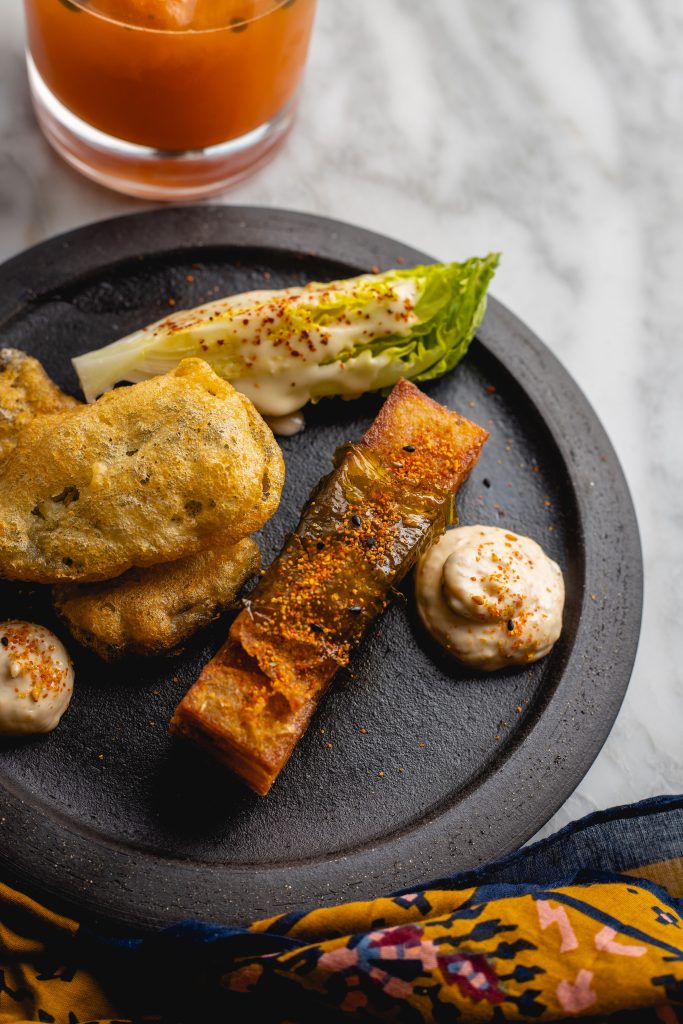
“We like to highlight it as more of a center-of-plate thing,” says the chef. “We’ve had a lot of success smoking it and wrapping it around scallops or other seafood as a bacon substitute. The kelp is slightly salty already, so those ocean flavors really work well together.”
Standridge also uses it quite a bit in desserts. “Kelp candies really well, so you can make a crunchy sugar kelp caramel, and its natural salinity gives it a salted caramel quality.” He points out that he is able to delight diners with sugar kelp creations all year, even after the active harvesting season ends. “At the end of each year, I pickle whatever I have left in stock,” he says. “I add that to other dishes that call for that kind of flavor.”
Standridge is not the only local chef to embrace kelp; in fact, the region celebrates it at an annual New England Kelp Harvest Week hosted by the Connecticut-based Sugar Kelp Cooperative, which features culinary seaweed creations from a wide variety of New England restaurants.
“There are so many ways to utilize sugar kelp,” says Flores, who is actively building her company’s distribution streams and testing new products. Even her leftover kelp harvest at the end of the season does not go to waste. “We have a large bulk sale of fresh kelp, and then whatever is left over, we dry out and grind up,” she says. “You end up with an amazing soil amendment, rich in phosphorus, iron, nitrogen, and calcium. When people use it as a mulch in their gardens, it can help improve the mineral content of the soil and help retain moisture.” She says Stonington Kelp is always looking for new ways to partner with the community through education and outreach. “I think that people are really excited to learn about sugar kelp, and we are trying to develop more ways for people to use it,” says Flores. “Locally harvested kelp is great for the environment and the community.”
In the meantime, adventurous diners have some delicious options for tasting and enjoying sugar kelp at Shipwright’s Daughter. Standridge is excited to introduce local products to his customers. “In my experience, diners, in general, want to feel good about what they’re eating, but they also want to really like it. As long as it’s delicious and approachable, and your staff is behind the item and will recommend it, they will take a risk on it, “he says. “If it tastes good, they’ll start to seek it out and the local producers will find more customers. That’s how a robust food community works.”
*Watch the New England Living TV chef series featuring David Standridge.

